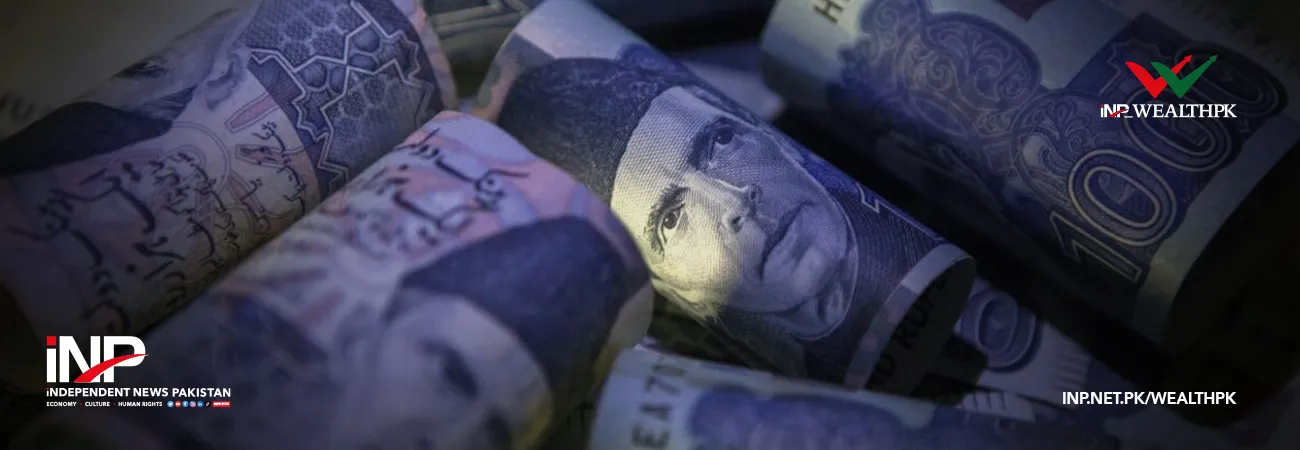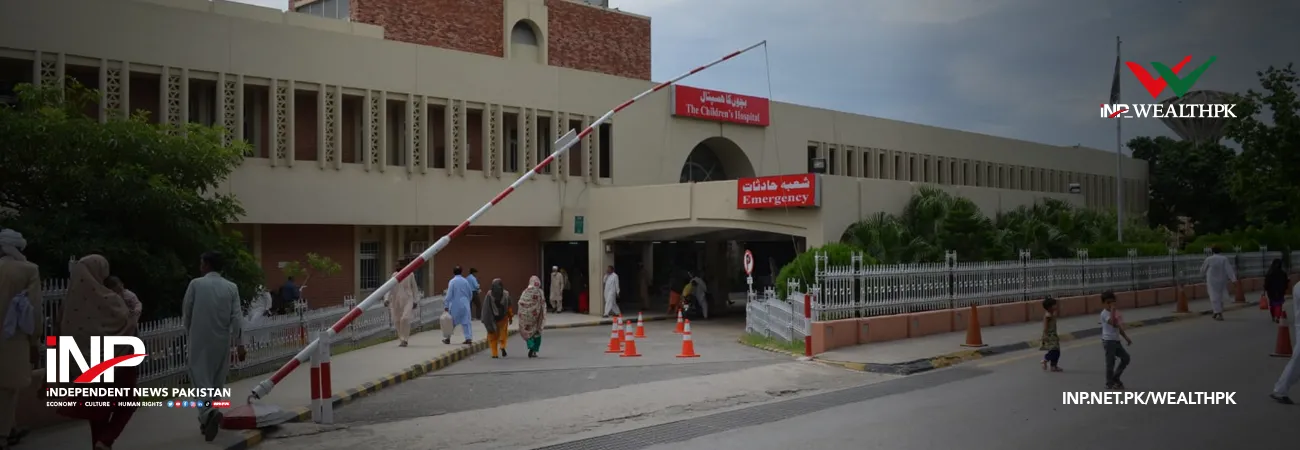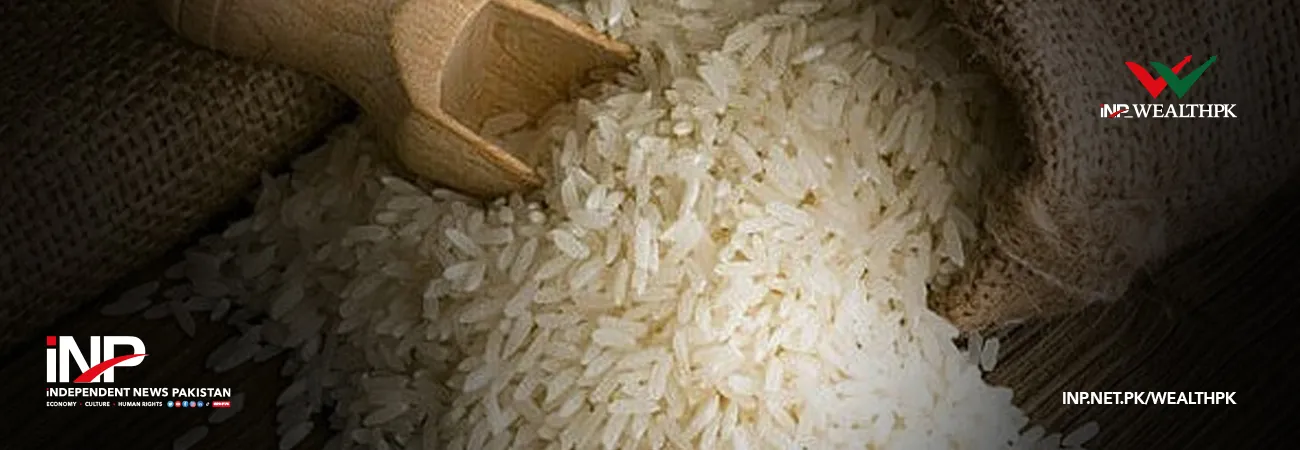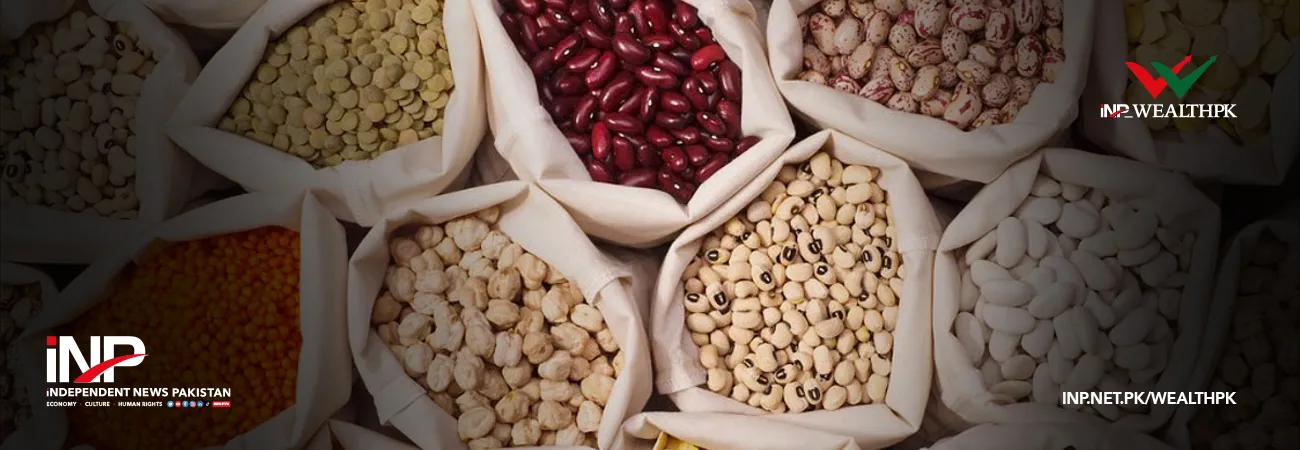INP-WealthPk
By Muhammad Asad Tahir Bhawana ISLAMABAD, June 06, (INP-WealthPK): The textile industry of Pakistan especially its readymade garments portion, has the potential to compete with other countries in the international market by adopting modern technologies and exploiting the opportunities provided by China-Pakistan Economic Corridor (CPEC), WealthPK reports. According to a report of the Board of Investment, Pakistan is the eighth largest exporter of textile products in Asia. It is also the fourth largest producer and the third largest consumer of cotton. The textile sector has provided jobs to around 40 percent of the total labour force in the country. It forms 46 percent of the entire manufacturing sector of the country. During the first 10 months of the current fiscal, the sector contributed $15,981.863 million to the national economy in terms of exports. Compared to the previous year, the exports of the textile industry increased by 25.9 percent. The readymade garments segment of the textile sector also showed an upward trend. In the current fiscal, exports of readymade garments increased by 27.9 percent, with foreign earnings worth $3,214.112 million compared to the previous year when the exports were worth $2,512.060 million. The exports of readymade garments also showed an increase on a month-on-month basis. It rose by 43 percent in April compared to the previous month. The export of readymade garments can be further increased by exploring the potential and opportunities. In this regard, CPEC offers unprecedented opportunities by providing a lot of infrastructure development and investments in local industries. China is the world’s fastest-growing garment importer. Pakistan’s share in the export of knitted and woven garments to China is small, although rising. Improved connectivity through the CPEC can help Pakistan to increase the export of garments to China. Omar Farooq, the owner of a garment manufacturing firm in Faisalabad, said that the local industry could manufacture garments at a lower cost owing to the availability of a cheap labour force in Pakistan to compete with other countries in the international market. “Our cost of production is lower than other countries as labour is cheap in Pakistan,” he added. He said that a Pakistani exporter of garments earned more profit in the international market owing to the low cost of production. He said that the sector provided jobs to a lot of people. “Readymade garments require relatively low capital investment and several of their activities are labour-intensive. In Pakistan, the sector of readymade garments has employed 2.38 percent of the manufacturing workforce,” he added. However, the readymade garments sector still has more potential, which needs to be discovered to increase its contribution to the national economy. The sector can be modernised by adopting advanced technology. “The government should decrease duty on import of machinery and raw material, provide grants for the sustainability of initiatives and reduce taxes on innovation and research expenditures,” said Omar Farooq. He said that the country needed a targeted industrial policy to encourage investment in information communication technology services and ensure reliable supplies of inputs and competitive credit to Small and Medium Enterprises. He told WealthPk that CPEC could be used to adopt modern technology in the garments sector through joint ventures with Chinese companies by benefitting from their expertise. Pakistan must improve the role of industry associations by giving them a greater voice in vetting government policies and defining sustainable targets.













